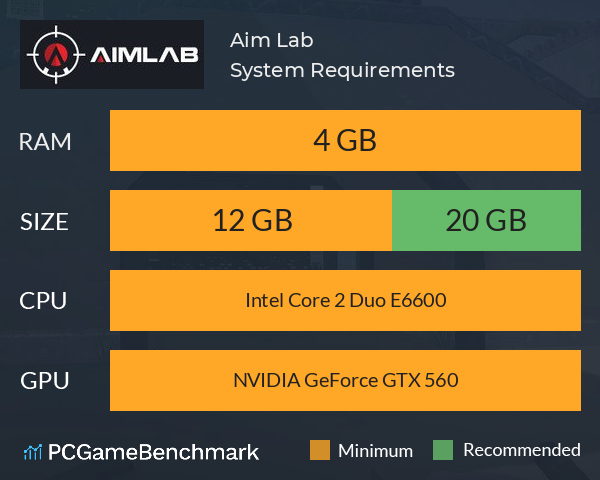
“But it’s a weird, alien computer we don’t understand!” he noted with delight. But after a one-semester neuroscience course he chanced into, something clicked-he began to think of the brain as “the ultimate computer.”

“I ended up going to college in my late 20s and was a hobbyist game developer…enrolled at a local community college, thinking ‘man, if I could just get a piece of paper that says ‘computer science degree’ that says I can code, then someone will hire me.'”įor someone who hated math in high school, computer science still wasn’t much preferable to Mackey.

He describes himself as a former almost-dropout who finally figured out his path after trying to learn computer science for game programming. His path into the highly complicated field of neuroscience doesn’t exactly mirror his former peers from NYU. “What’s the video game equivalent of running fast?”įirst, a bit of backstory for Mackey. “As we go out to more platforms beyond PC, that is kind of the initial reaction of 'wait, you can use a game…to get better at a game?' It feels strange.”īut for Aim Lab and its clients, its business isn’t just in mimicking the shooting patterns of bigger games to let you practice on targets-it’s a broader, neuroscience-based endeavor to support game developers who want a pathway for their top players to improve and maintain their performance. “I think that’s something that we come up against constantly,” he admitted. Wayne Mackey, he laughed when I made that analogy. Though when I found myself in conversation with Aim Lab co-founder Dr.

It sounded like Aim Lab was something of a firing range for competitive shooter players, one that gained official support from both Ubisoft (for Tom Clancy’s Rainbow Six Siege) and Riot Games (for Valorant). Sivak’s description of Aim Lab piqued my curiosity-why would a large developer, in control of their own tools and tutorials, want to point its players toward another piece of software to improve their skills?


 0 kommentar(er)
0 kommentar(er)
